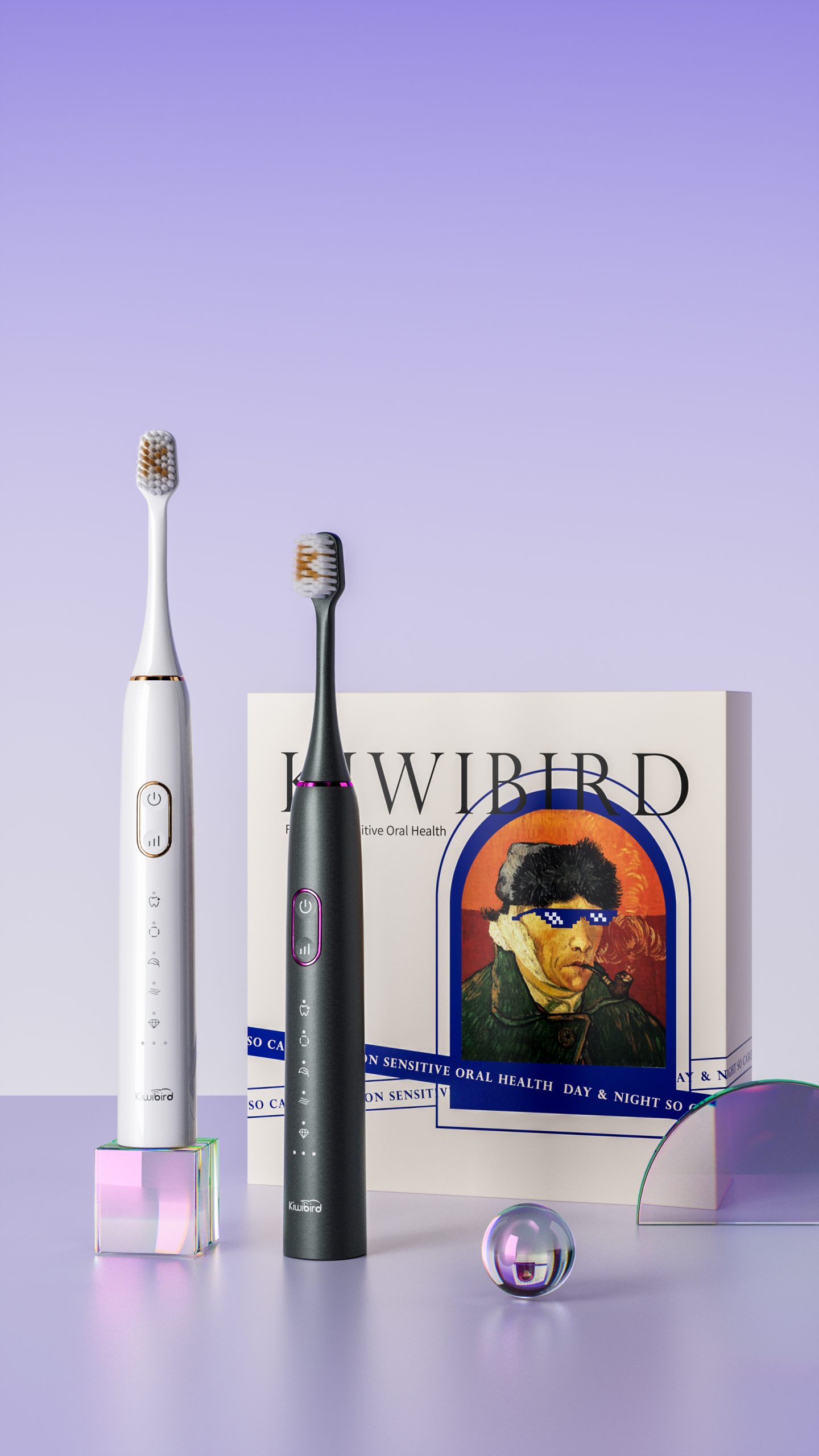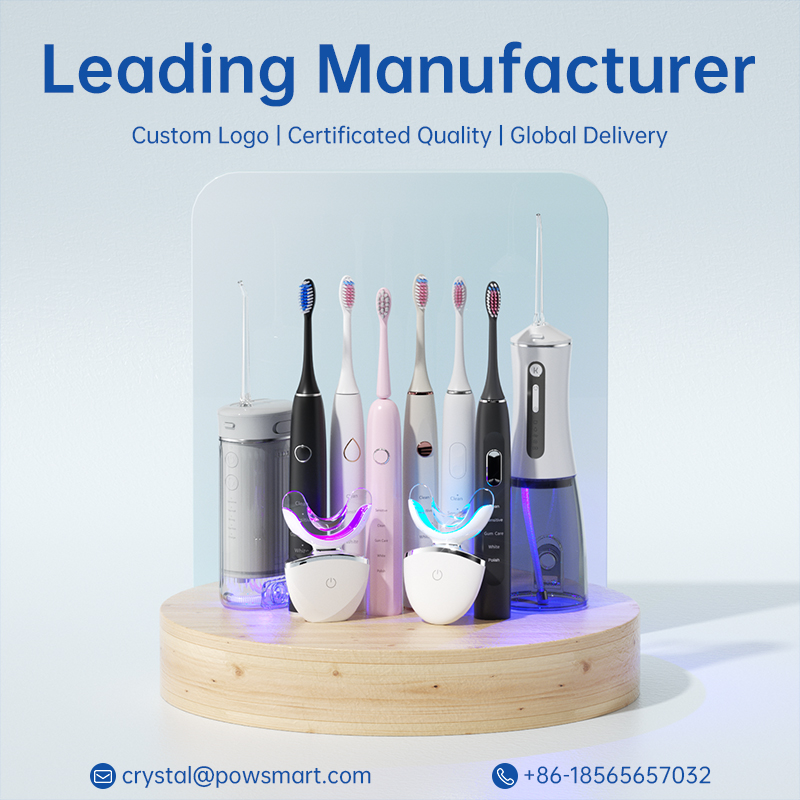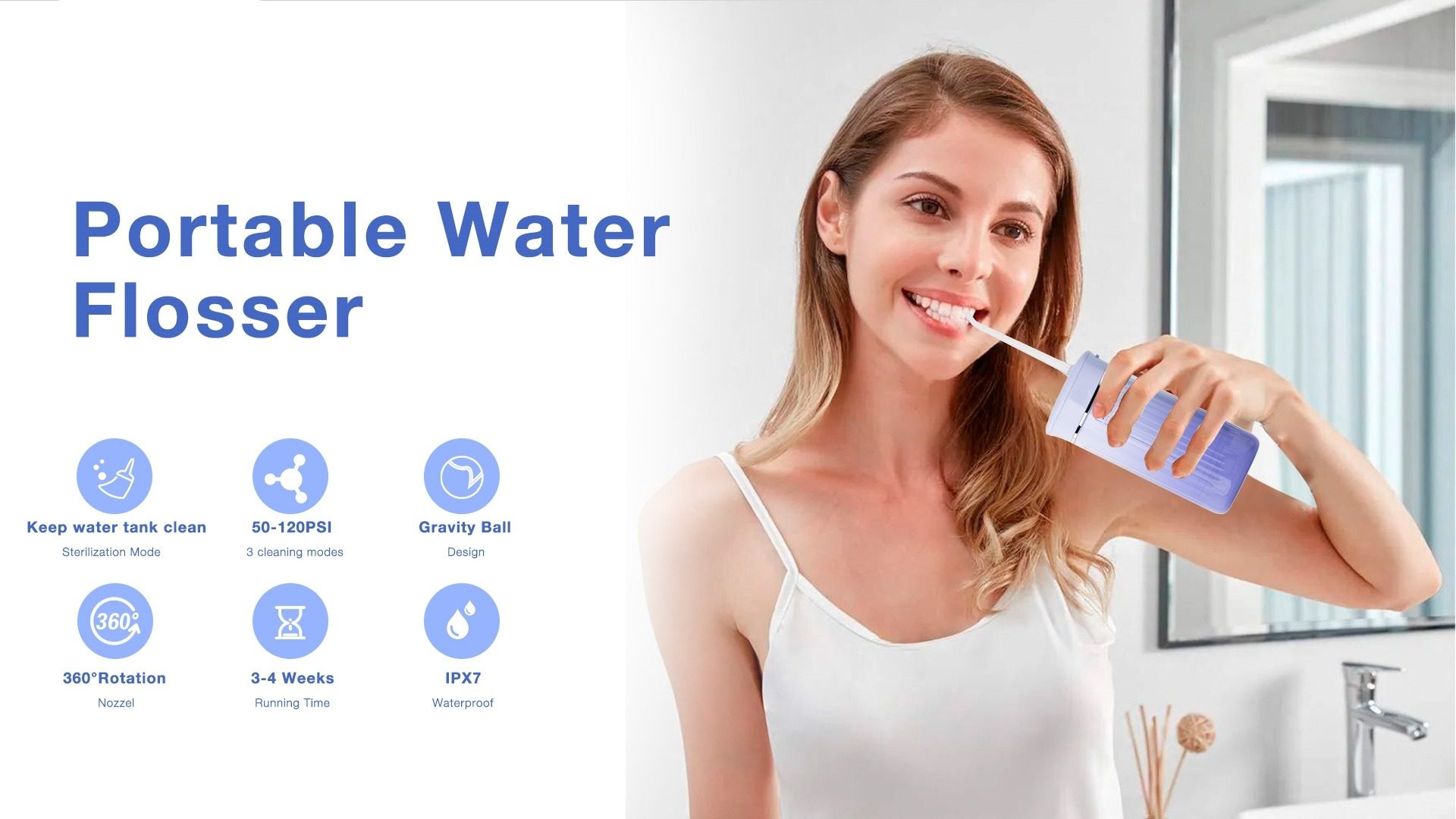With rising demand for effective at-home oral care, many consumers seek a Toothbrush for Coffee Stain Teeth that promises visible results. Most models offer a dedicated Whitening Mode Toothbrush feature, which claims to lift stains caused by frequent coffee, tea, and wine consumption. However, some users report minimal improvement, raising a key question: Is the whitening mode truly effective, or just a marketing gimmick? In this article, we investigate the root causes of these concerns and what B2B buyers should consider when selecting models for retail or distribution.
Most electric toothbrushes labeled for “whitening” offer one or more of the following:
The Whitening Mode Toothbrush is designed to dislodge pigmented residues on enamel without bleaching agents. Yet, the results can vary significantly depending on brush head design, motor stability, and bristle material.
When targeting Toothbrush for Coffee Stain Teeth, it’s critical to understand how these stains behave. Coffee stains are:
This means whitening mode alone may be insufficient unless paired with effective abrasive textures or chemical toothpaste designed for stain breakdown.
Some toothbrushes marketed with whitening functionality fall short due to:
OEM buyers should critically assess whether the Whitening Mode Toothbrush they source is engineered for cosmetic efficacy or simply repurposed from a general cleaning mode.
Even the best Toothbrush for Coffee Stain Teeth may underperform if users:
Distributors may consider bundling proper usage guides, stain-targeted pastes, or smart APP reminders for increased end-user satisfaction.
To enhance market competitiveness, B2B brands should request the following OEM design specifications:
These features not only improve cleaning efficiency but also boost perceived value in competitive retail spaces.
For buyers targeting the premium segment or coffee-drinking demographic, the gap between user expectations and actual performance of a Toothbrush for Coffee Stain Teeth can result in dissatisfaction if whitening claims aren’t backed by performance. An effective Whitening Mode Toothbrush must go beyond a simple speed increase—it requires design synergy among bristles, motor, and brushing rhythm.
At POWSMART, we collaborate closely with OEM clients to deliver whitening models that truly work. If you’re looking to launch or upgrade a whitening-focused toothbrush product line, our engineering and R&D teams are ready to assist. Contact us
-300x300.jpg)
-300x300.jpg)

Does Non-Toxic Kids Brush OEM Risk Child Safety?
Best Electric Toothbrush for Sensitive Gums – Gentle and Effective Oral Care
How Does Battery Leakage Cause Valve Sticking?
.jpg)
Top 5 Factors When Selecting a UV Sterilizing Water Flosser Manufacturer
High-Performance Electric Toothbrush for Braces – Bulk Supply for Dental Clinics
.jpg)
Is Ultra-Quiet Magnetic Motor Brush Generating Noise Complaints?

What is the Market Outlook for Supplying Electric Toothbrushes to Hotels & Hospitals?

Does POWSMART Sonic Brush OEM Pose Overheating Risks?

Is the Smart Feature Worth It? Analyzing Actual User Data on APP-Connected Toothbrushes

Building the Perfect School Hygiene Kit: Product Selection & OEM Manufacturing
-3-scaled-1.jpg)
What is the Strongest Hydrogen Peroxide Teeth Whitening Gel for Safe Use?
How Do Bristle Deformation and Nozzle Clogging Affect Oral Cleaning?

Black & White Smart Toothbrushes: Minimalist Design for Bulk Orders

Custom Smart Toothbrush Sourcing from China – A Buyer’s Guide

Key Questions to Ask Before Communicating with Cordless water flosser supplier
.jpg)
Smart 2-Minute Timer Toothbrush Manufacturing for Dental Clinics

electric toothbrush heads Charcoal Infuse-Round

electric toothbrush heads Deep Clean

electric toothbrush heads Regular Clean
.jpg)
Florida Electric Toothbrush – Powsmart PTR-C8

Private Label Whitening Gel

Customization Teeth Whitening Gel

electric toothbrush heads Ultra Soft

Electric toothbrush heads Charcoal Infused-Diamond
whstapp
whstapp
National Toll-Free Service Hotline
+86 755 86238638